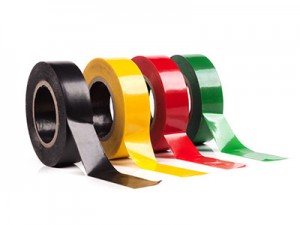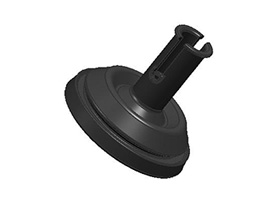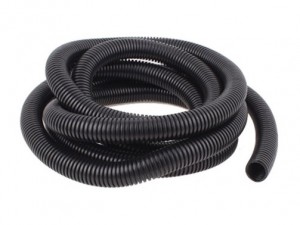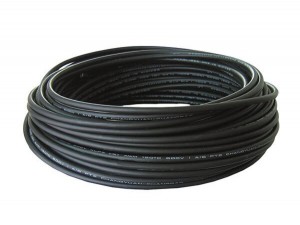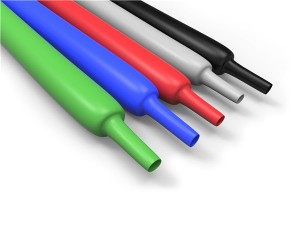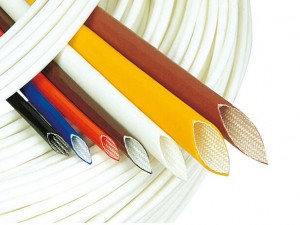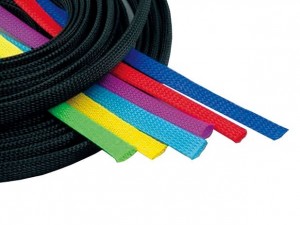In the rapidly changing automotive field, the status of automotive wiring harnesses is becoming increasingly high. They play a very important role in the safe driving of our cars. However, these car wiring harnesses are susceptible to various environmental and mechanical hazards, and once damaged, it will lead to very serious interruptions and safety issues.
To protect car wiring harnesses from potential risks, cable protection and sleeveings are crucial. This article will recognize and explore the cable protection and sleeveings from the following aspects:
1. What is Cable Protection and Sleevings
2. The Importance of Cable Protection and Sleevings
3. The Different Types of Cable Protection and Sleevings
4. Best Practices for Cable Protection and Sleevings
5. Frequently Asked Questions (FAQs)
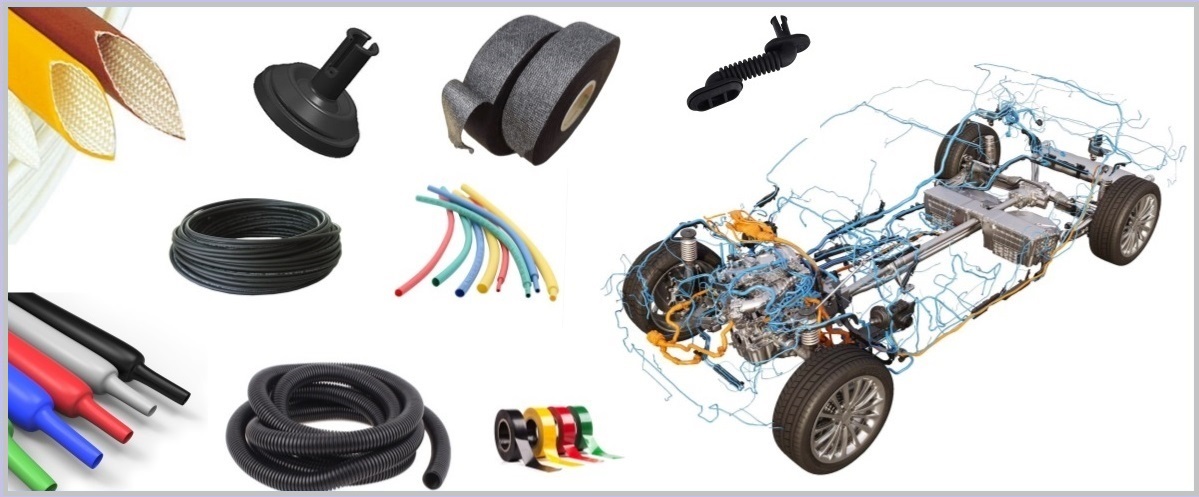
Cable Protection and Sleevings refer to the methods and materials used to shield cables from external factors that could potentially cause harm or interfere with their operation. Protection involves implementing measures to prevent damage from moisture, chemicals, abrasion, and other hazards, while sleeving entails using flexible coverings for additional reinforcement.
Cable protection and sleevings serve as essential components in automobiles and various industries, ensuring the safety, reliability, and durability of cable installations. Whether in automotive applications, industrial settings, or data centers, the following points underscore their significance:
Enhanced Safety: Properly protected cables reduce the risk of accidents, electrical shocks, and fire hazards, promoting a safe environment for both people and equipment.
Longevity of Cables: Shielding cables from external threats extends their lifespan, reducing the need for frequent replacements and associated costs.
Improved Performance: Protected and well-sleeved cables maintain their signal integrity, leading to optimized performance and efficient data transmission.
Compliance with Standards: Many industries have specific regulations and standards for cable protection, adherence to which is essential for legal and safety reasons.
Reduced Downtime: By preventing cable damage, businesses can avoid costly downtime and ensure continuous operations.
Typhoenix Cable Protection and Sleeving materials meet and exceed all current and normalized standards. All of them are produced by top manufacturers and get strict tests before delivery. They provide the best cable protection not only for the automotive wiring harness industry but also for mechanical and plant engineering, trains and public buildings. The varieties of cable protection products range from high-quality Plastic, Fabric and Rubber can give you one-stop solutions for your cable protection systems. Cable protection series involve different materials Tapes(Paper Masking Tape, Fleece Tape, PVC Tape, Foam Tape, PET Cloth Tape), Cable Protection Grommets, Cable Sleevings(Convoluted Tubing, PVC & PE Sleeving, Heat Shrinking Tubing, Fiberglass Tubing, etc.) and Cable Protection Accessories. (OEM and ODM service is available).
Effectively protecting and sleeving cables requires adherence to certain best practices to ensure maximum effectiveness and longevity. Here are some expert tips:
Effective cable protection and sleevings require adherence to certain best practices to ensure maximum effectiveness and longevity. Here are some Typhoenix tips:
Assess Environmental Factors: Analyze the operating environment to identify potential hazards that could impact cable performance, such as temperature, moisture, chemicals, and mechanical stress.
Choose the Right Material: Select cable protection and sleeving materials that are compatible with the specific cables and environmental conditions. Consider factors like flexibility, temperature resistance, and chemical resistance.
Proper Installation: Follow the manufacturer's guidelines and best practices when installing cable protection and sleeving to ensure a secure fit and maximum protection.
Regular Inspection and Maintenance: Conduct routine inspections to identify signs of wear, tear, or damage, and perform timely maintenance to prevent potential issues.
Cable Separation: Avoid bundling different types of cables together, as they may have different protection requirements.
Labeling and Documentation: Properly label cables and document the installation to facilitate maintenance and troubleshooting.
Grounding and Bonding: Implement grounding and bonding measures to protect against electrical surges and improve safety.
Q: What types of tape are suitable for automotive wiring harness applications?
A: For automotive wire harnesses, it is recommended to use high-quality electrical tape with good insulation properties. PVC electrical tapes are commonly used for general wire wrapping and insulation. For special applications requiring high-temperature resistance or moisture protection, silicone rubber or butyl rubber tapes may be more suitable.
Q: How do car grommets help protect car wiring harnesses?
A: Car grommets are designed to provide a secure and protective pass-through for wires and cables in the vehicle's body panels and compartments. They prevent chafing, abrasion, and exposure to dust, water, and other contaminants, ensuring the longevity and reliability of the car wiring harness.
Q: What are the benefits of using convoluted tubing in automotive wiring harnesses?
A: Convoluted tubing, also known as split loom tubing, offers excellent cable protection by providing a flexible and durable cover. Its corrugated design allows easy installation and facilitates the addition or removal of wires as needed. The tubing safeguards wires from mechanical damage and resists oil, chemicals, and UV exposure.
Q: What are the differences between PVC and PE sleeving for car wiring harnesses?
A: PVC (Polyvinyl Chloride) sleeving is known for its excellent flame resistance and electrical insulation properties, making it suitable for a wide range of applications. On the other hand, PE (Polyethylene) sleeving provides good abrasion resistance and is more flexible, making it ideal for applications that require higher flexibility and impact resistance.
Q: How does heat shrinking tubing work and what are its applications in automotive wiring harnesses?
A: Heat shrinking tubing is designed to shrink in size when exposed to heat, creating a tight and secure seal around wires and cables. It provides insulation, strain relief, and environmental protection. Heat shrinking tubing is commonly used for splicing, terminating, and bundling wires in automotive wiring harnesses.
Q: What makes fiberglass tubing suitable for certain automotive wiring harness applications?
A: Fiberglass tubing is known for its excellent electrical insulation and high-temperature resistance properties. It is ideal for protecting cables in areas exposed to extreme heat, such as engine compartments. Its non-conductive nature and resistance to chemicals and solvents make it a preferred choice in specific automotive applications.
Q: What are the advantages of using braided sleeves in car wiring harnesses?
A: Braided sleeves offer superior abrasion resistance and provide a strong protective layer around wires and cables. They are highly flexible, allowing for easy installation and flexibility in routing wires. Braided sleeves are suitable for applications requiring high mechanical strength and protection against wear and tear in automotive wiring harnesses.
Any questions, feel free to Contact us now:

Website: https://www.typhoenix.com

Email: info@typhoenix.com

Contact: Vera

Mobile/WhatsApp: +86 15369260707

Post time: Aug-17-2023


